Some 65km from Sucre lies the small village of Tarabuco. Although a typical and fairly unspectacular village of adobe houses and red tiled roofs, centred on a main plaza with an uninspiring church, it is set amidst beautiful countryside and hosts one of Bolivia’s most interesting markets.
Tarabuco is famed for the textiles produced here by the predominately indigenous Quechua speaking community, which add a significant splash of colour to the streets. Every Sunday Tarabuco hosts a large market which sees an influx of traders and shoppers from the surrounding villages, and also a influx of Gringo tourists from Sucre in search of fabulous textiles.
While the market is pretty touristy, it is still predominately geared towards the needs of the local campesinos, and the weekly influx of tourists doesn’t stop the local community from going about its business of buying and selling an amazing variety of goods – from recently imported Chinese-made goods to traditional Quechua medicines and huge sacks of coca leaves.
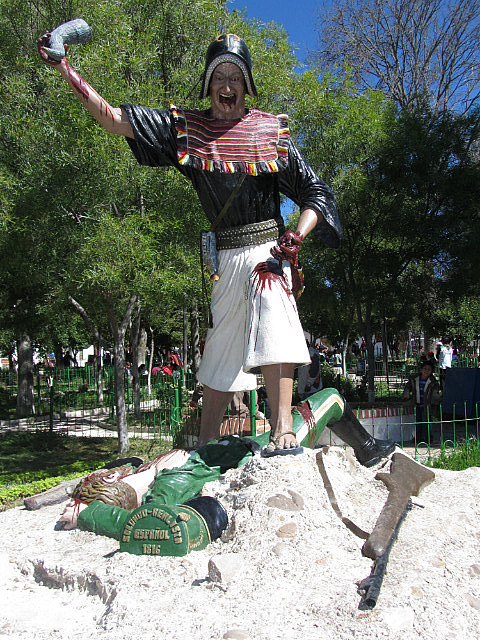
When the Spanish arrived in the Tarabuco area it had only recently been colonised by the Incan empire. The Inca’s had struggled to quash the resistance of the local Chiriguano tribes and imported settlers from other parts of the empire to bring stability to the region, also importing Quechua, the lingua franca of the Incan empire. Despite this, the area remained restive and dangerous under Incan rule and a hotbed of rebellion against Spanish rule.
The main plaza of the village features a gruesome statue that celebrates a famous victory over the Spanish – some might say that it goes a bit over the top in glorifying the deaths of the Spanish soldiers. Although, it is true that they cut the hearts of the Spanish dead out and ate them, all gloriously detailed in the statue.
Tarabucenos also have very distinctive traditional dress that gives an even stronger sense of community. The dress wasn’t typical until after the Spanish arrived, and this is seen clearly in the leather hats shaped like the metal helmets of early Spanish soldiers (seen in the statue). Also typical are the brightly coloured blankets, shawls and ponchos.
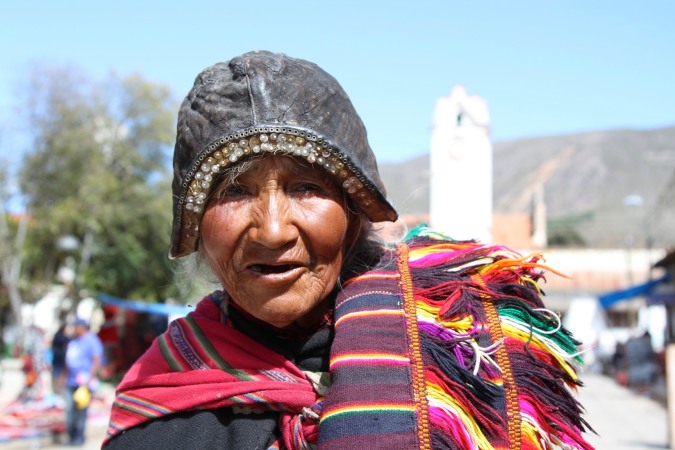
To visit Tarabuco, most people either take early morning public transport or one of the many tourist buses that depart from Sucre every Sunday morning. Having done this myself and seeing how spectacular the landscape was I decided to hire a bike and cycle the route – beautiful it may be, but it is also a difficult cycle. Tarabuco’s altitude is 3200m, about 500m higher than Sucre, which means some pretty steep ups and downs, including a particularly unpleasant 7km climb out of one valley.
The hard work is rewarded by some stunning scenery, views of rural life going on much as it has done for centuries and the occasional sight of large birds of prey – not to forget being chased by the occasional dog. The road is in good condition, and, because there is little traffic, it makes an excellent cycle route.
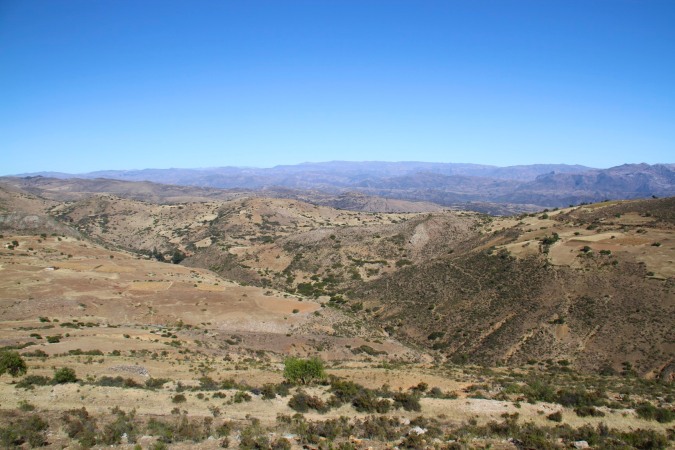
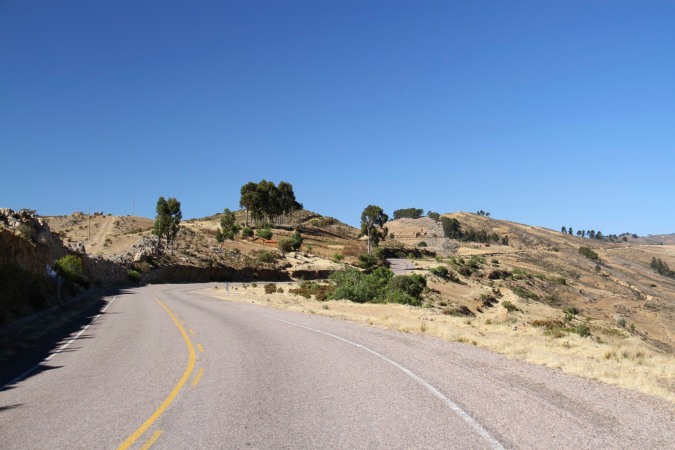
For kilometre after kilometre the road passes through a thinly populated landscape, with only a few mud and brick huts in evidence, and the few humans you see are often far off working in the fields. There is the occasional larger village, but, like Ikea stores, they space them out.
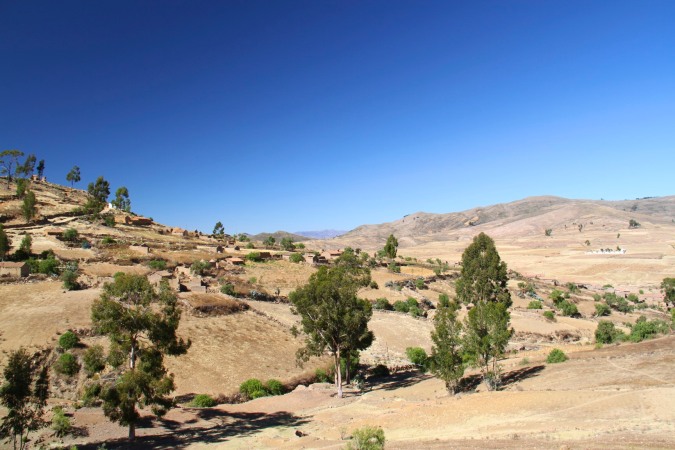
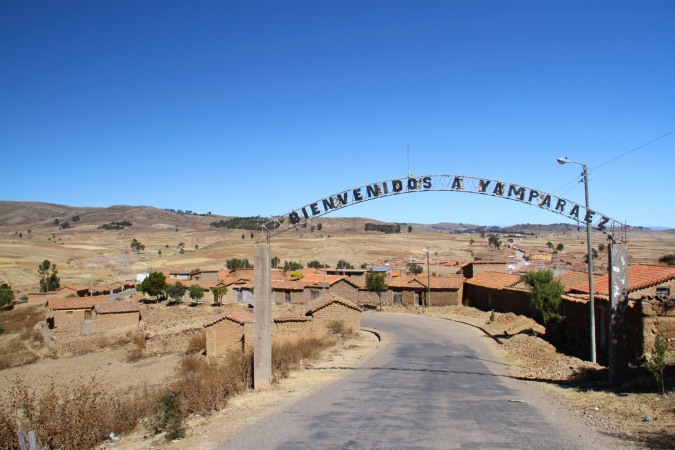
Because of Bolivia’s former vast mineral wealth it once had an extensive network of railways, with which to better exploit those mineral resources. With the declining fortunes of Bolivia’s economy the railways also declined, but evidence of this past glory still exists, and the road to Tarabuco roughly follows the old narrow gauge railway. Sadly, today there are only a couple of functional rail routes in the country, and there are very few passenger services operating.
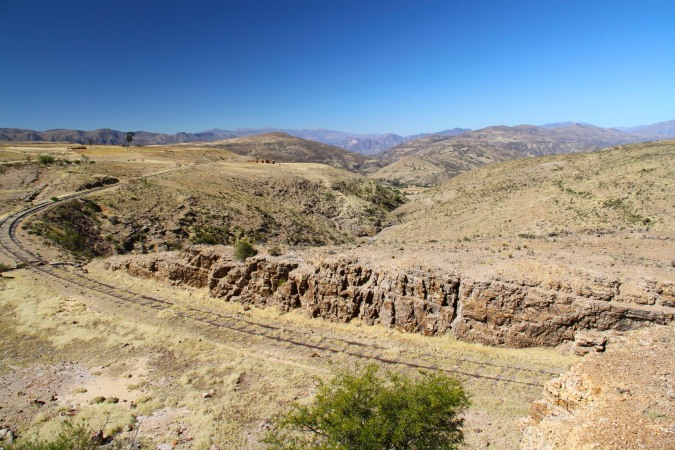
This sleepy village has an abandoned railway station and was an important refuelling and water station for trains. Only a few goats inhabit the former station today.

Beautiful vistas continue to open up the further you go, with this spectacular view over an enormous valley made more thrilling by the presence of Andean Condors.

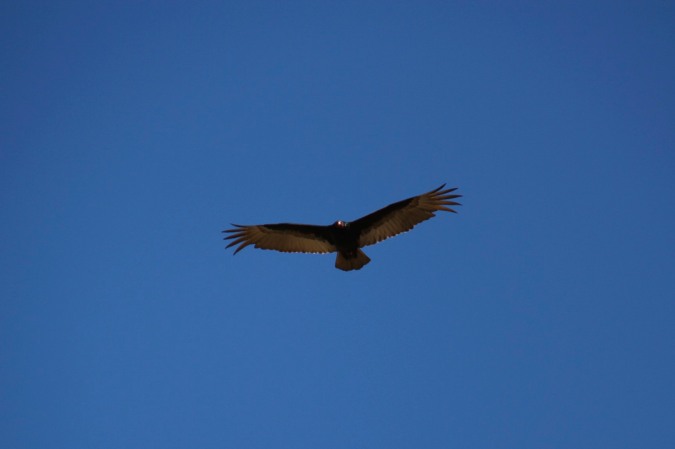
After cycling through a series of high altitude valleys, you finally get to view the final formidable barrier, another large mountain range between you, your bike and a cold beer in Tarabuco.
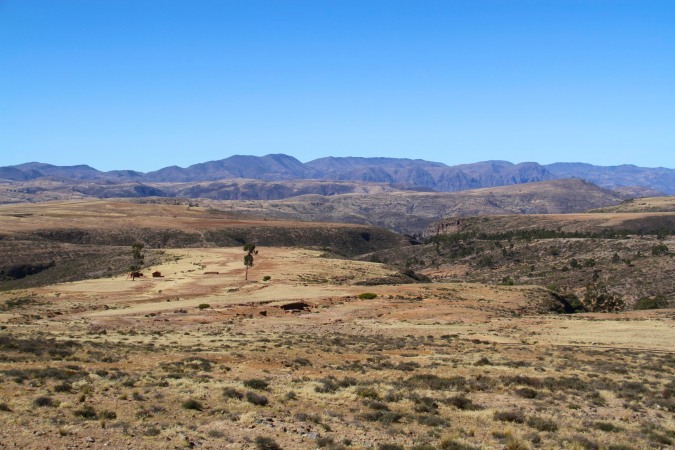
After chugging along on the bike for several hours and one final horrendous climb up towards Tarabuco, you eventually arrive at your destination – although roadside shrines like this don’t exactly inspire confidence that you’ll make it.
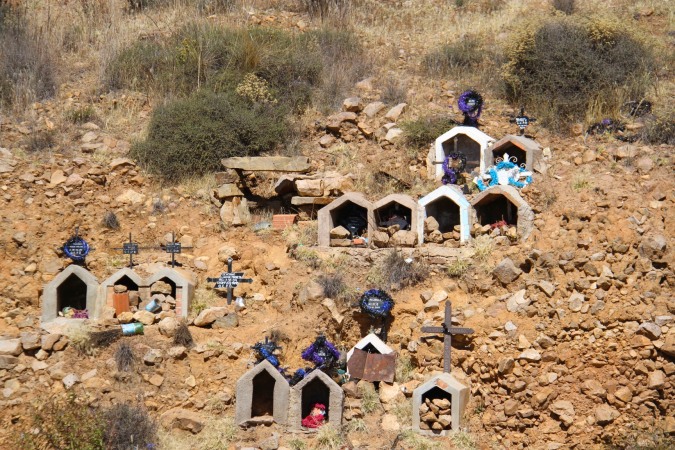
The village of Tarabuco hoves into view, as welcome a sight as any throughout a long cycle, giving little indication of the frenzied market that sprawls through its streets creating an almost carnival atmosphere. Luckily there’s no need to cycle back, on market day there’s plenty of transport heading back to Sucre and willing to take a very tired Gringo and their bike home.
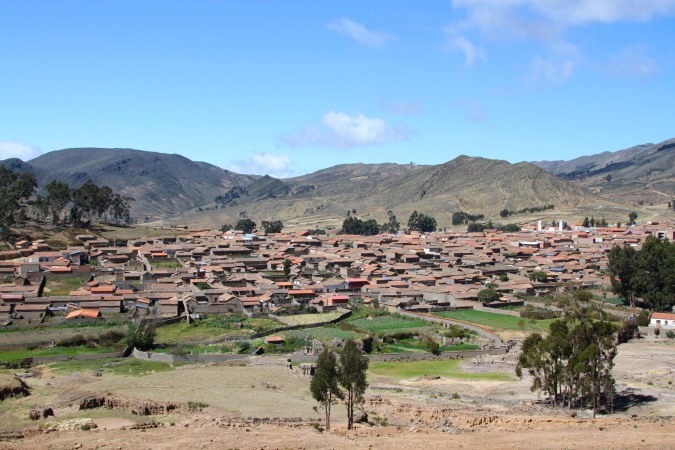
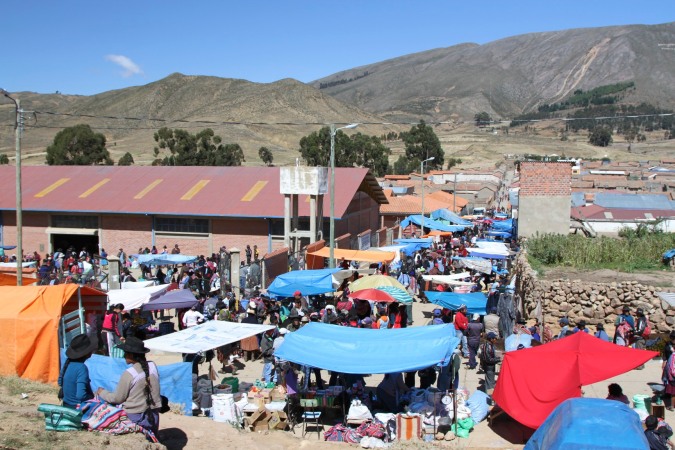
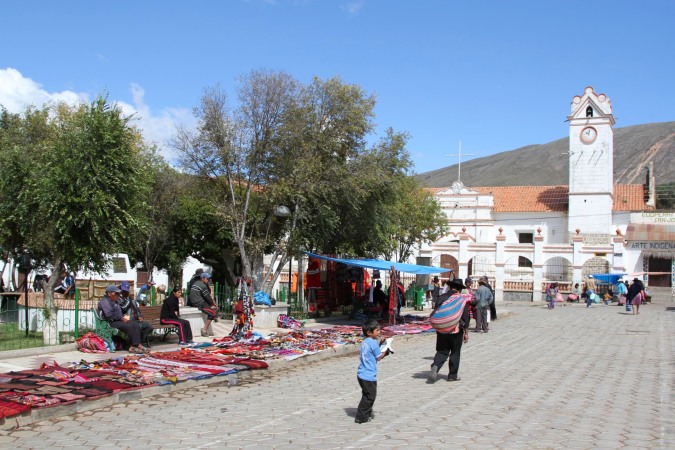

Tell me again what was wrong with taking the bus?
Sucre isn’t too far from Butch and Sundance country. If the roads are OK when you come we could visit – although sadly not by train.
Hi Paul, I was amused to see the old railways because when I tell people I’m going to Bolivia, they immediately think of Butch Cassidy and the Sundance Kid.